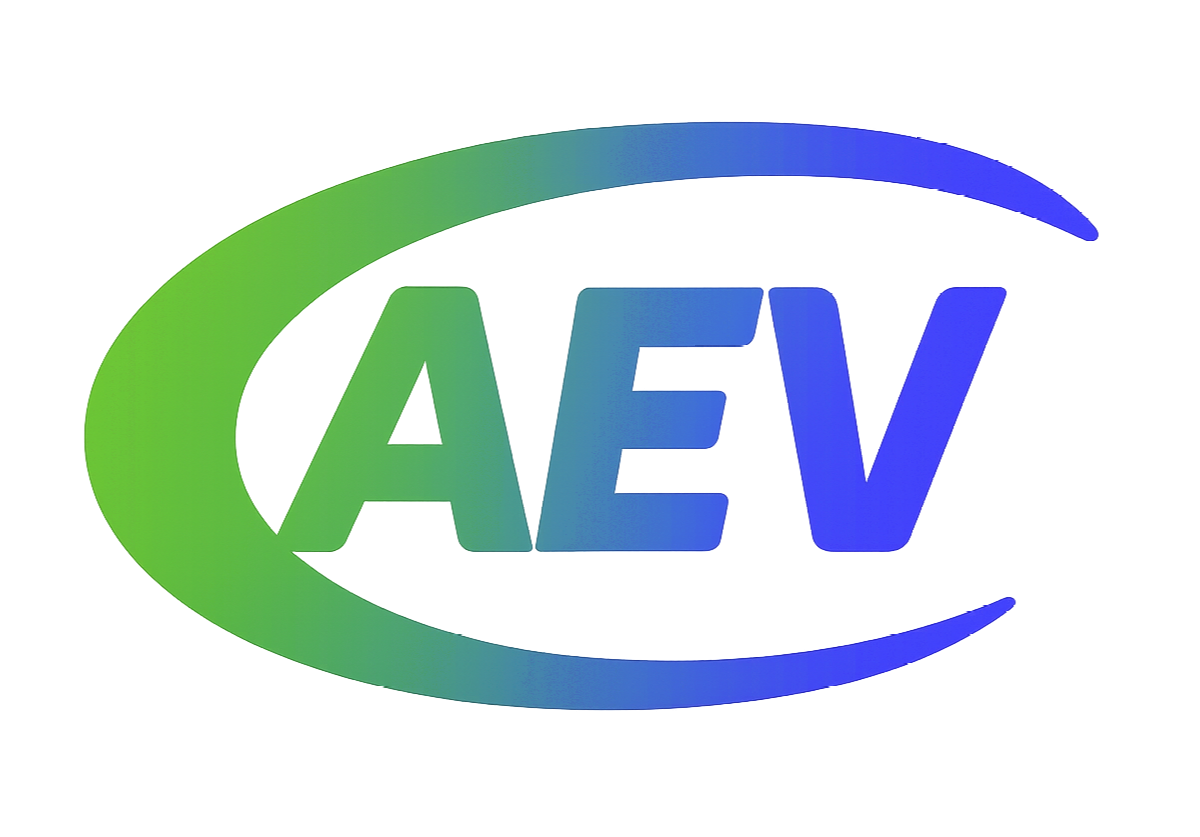Modern approaches to sustainable land management

Since the middle of the XX century the world’s population has increased more than twofold. Such a rapid population growth puts a lot of pressure on agriculture, which provides us with food. Unfortunately, the rate of population growth considerably exceeds the rate of technology development in environmental management. The only possible way out is rational use of land resources.
Nowadays, there are fewer virgin lands and fertility of agricultural soils is decreasing. Climatic conditions have a great impact on cultivated lands: in the countries of tropical or subtropical zones where seasonal rains may last for months, a considerable amount of fertile soil layer is washed out, which leads to the decrease of land use efficiency, and subsequently economic output of the region’s agriculture is reducing.
Therefore, it is necessary to assess the state of agricultural territories: soil horizons, climatic conditions and environmental state of locality. The WOCAT system (World Overview of Conservation Approaches and Technologies) is one of the most effective and commonly used systems to control and manage land resources.

Figure 1. Map (a) and scheme (b) of the Suoi Sap catchment basin.
Agricultural lands of Vietnam occupy a substantial part of the country’s territory (81%) so that agriculture is one of the leading sectors of their economy. Consequently, there is much concern about rational land management for crop cultivation without tangible economic losses.
Our experts in collaboration with Vietnamese specialists have prepared initial data for the WOCAT system such as average annual temperature, average annual rainfall, catchment area and perimeter, tributary length, etc.
The Suoi Sap catchment basin is located in the northern mountainous part of Vietnam. During the rainy season a huge amount of water flows down the slopes, which causes intensive soil washout. Our calculations based on the WOCAT system have revealed that soil loss can be 25t/ha per one heavy rain.
To improve the state of land resources of the Suoi Sap catchment basin it is necessary to deal with two problems: reducing soil erosion and remediating eroded soils. This requires new systems which integrate various methods and approaches of high environmental and economic effect in practice. On the basis of the WOCAT system we have developed a technology which involves the installation of hydraulic structures on slopes of different steepness in order to retain partially surface runoff and to reduce soil loss. It is also planned to install walls-terraces with a wide base which will contribute to the retention of surface runoff and soil washout between the terrace spaces. The start-up costs for this technology have also been calculated.
Thus, the WOCAT system can be used to develop rational methods of land use.
References (Full Text):
Demidov, V. V., Shchegolkova, N. M., Dai Hai, V., Van Khoa, P., & Huy, B. (2019). Analysis, evaluation and ways for rational land management of North Vietnam (Suoi Sap catchment basin). Экосистемы: экология и динамика, 3(3).
